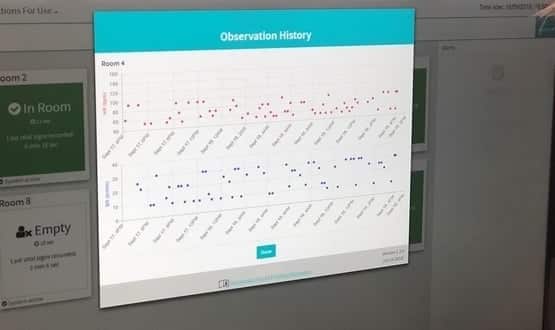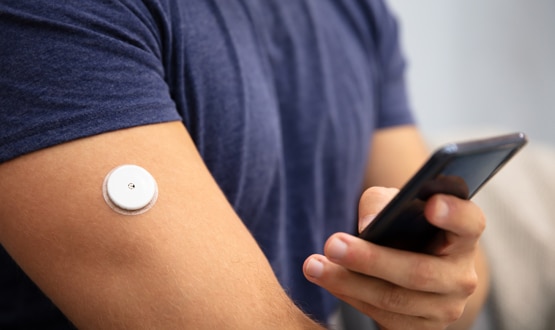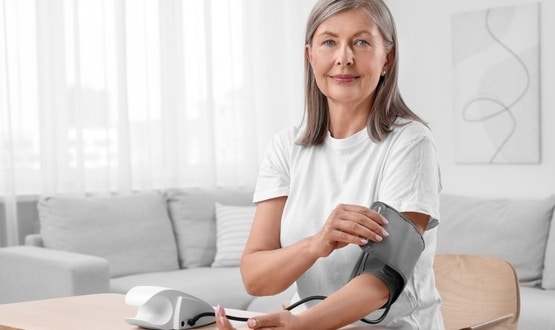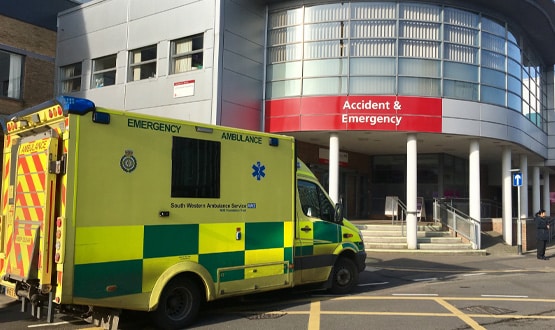Oxehealth secures ‘world first’ accreditation for optical vital signs tech
- 2 October 2018

Software that allows a video camera to remotely measure vital signs has been approved as a medical device for the first time.
Oxehealth’s vital signs measurement software uses an optical sensor to detect pulse rate, much like a pulse oximeter, which detects slight changes in skin colour caused by blood being pumped around the body.
Unlike a pulse oximeter, however, Oxehealth’s vital signs technology can monitor pulse rate remotely, as it doesn’t need to be attached to the skin. It also counts breathing rate by detecting movements of the body caused by inhaling and exhaling.
It now has been certified as a Class 2a medical device in Europe by the British Standards Institute, marking the first time such a device has been approved by a regulator.
Chief executive Hugh Lloyd-Jukes said: “Pulse oximeters are used in GP practices and hospitals every day. The difference is that we measure pulse rate and breathing rate entirely contact free, anywhere in the patient’s room.
“This will be hugely beneficial to public and private sector organisations that care for elderly and vulnerable people, whose staff cannot be present in every room or do not wish to interrupt the rest of the people they are looking after.”
The medical device accreditation is the result of six years of work by Oxehealth, a spin-out of Oxford University’s Institute of Biomedical Engineering and Oxford University Hospitals NHS Foundation Trust.
The first clinical studies were completed at the John Radcliffe Hospital in Oxford, with further trials conducted at the Broadmoor Psychiatric Hospital and Coventry and Warwickshire Partnership NHS Trust.
Oxehealth’s new vital signs measurement technology will be packaged within the company’s Digital Care Assistant (DCA) software, which alerts staff when a patient could be at risk of harm and generates reports that provide staff with data on patient activity.
Lloyd-Jukes added: “Clinicians have been using the Digital Care Assistant to help them to identify risky activities and to understand patient activity better.
“The addition of the medical device solution will enable organisations to take pulse and breathing rate observations to inform treatment decisions.
“Looking after the elderly and vulnerable can be extremely challenging. Yet, in contrast to their peers in intensive care, the medical staff working in mental health, nursing homes and custodial settings have never had access to frequent, accurate vital sign measurements.
“Now they do, and we are thrilled to be bringing them a 21st Century tool that will help them improve the care of some of society’s most frail patients.”





1 Comments
What other forms of clandestine surveillance are they using, but not telling us about?
Comments are closed.